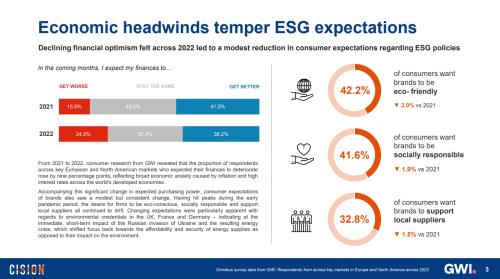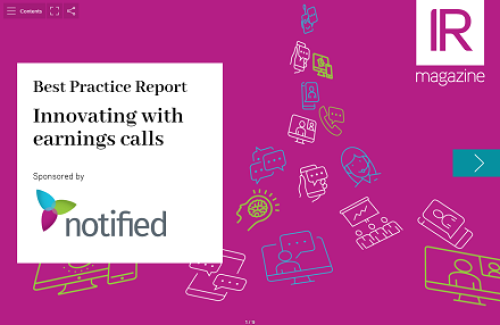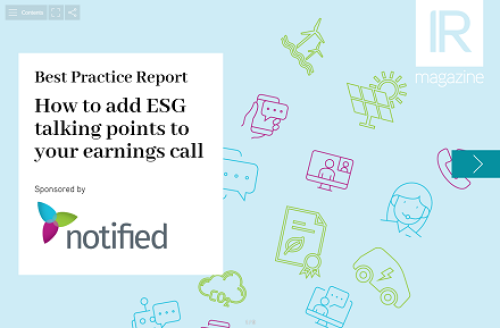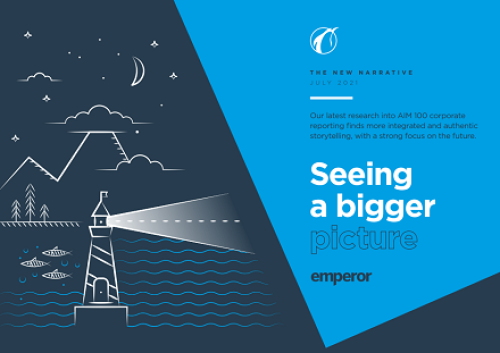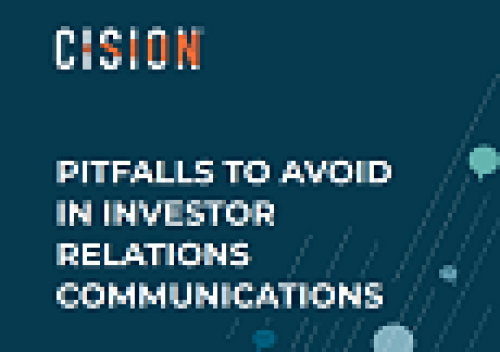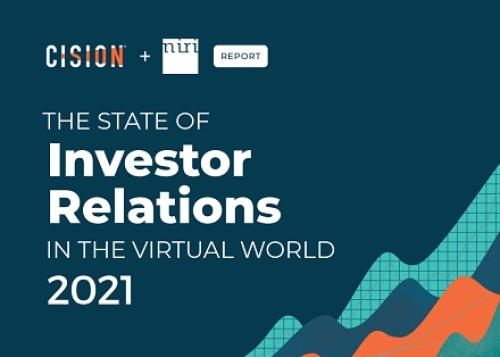Is the time and money invested in dolling up annuals is really worth it?
The will to win seems to be bred in Austria: 90 percent of the companies represented in the Austrian blue-chip index ATX actively take part in freebie annual report awards. A further 50 percent of IR managers are willing to pay for their submission in international competitions, for the chance to take home a trophy and outshine their IR counterparts.
In recent years, Austrian annual report producers have been going the extra mile to win the attention of the international juries. Not only have they focused on improving content, but an increasing number of companies have also been concentrating on the presentation of strategy. For some this simply involves a catchy cover headline. For others, considerable money – IR sources speak of up to €20 ($25) per report – is spent on the packaging, hip design agency and various gimmicks.
Crane manufacturer Palfinger is one firm trying to garner attention by improving the design of its report. In 2007 a special package held not only the report – titled ‘The building blocks of success’ – but also enough Lego bricks to make a mini-forklift truck.
Hannes Roither, head of IR at Palfinger, explains the reasoning behind this elaborate presentation: ‘We are a good company. But there are thousands of good companies out there, so being good is not enough. If we want to stabilize our stock price, we have to have attention-grabbing reports.’
The cost of creativity
Although he would ‘never pay a euro’ to participate in annual report competitions, Roither is happy for the report’s advertising agency to apply for awards. The publicity not only means lots of free PR for Palfinger, but also helps Roither to justify the higher-than-average report production costs to management.
‘Creative reports do not have to be very expensive, though,’ he insists. ‘Look at Wienerberger, the Austrian brick producer: its report captivates with a good concept.’ In the past, Wienerberger has used morphing covers and a text-based approach with funny statements to communicate its strategy. Consequently, the company has won several international awards and its report has become the benchmark for many Austrian companies. ‘We do not try to be particularly witty, but want to increase attention for our story of the financial year,’ says Barbara Braunöck, head of IR at Wienerberger.
The morphing concept, which involves many photo shoots and a sophisticated layout, is more expensive than other approaches. ‘But the extra attention is worth the investment,’ says Braunöck. For the annual report 2008 Wienerberger wants to be ‘more cost-conscious, given the financial crisis, but we will certainly do more than the compulsory exercise.’
Trend-setters
Palfinger and Wienerberger are not the only Austrian companies trying to inject some humor. Marlene Binder, secretary general of Austria’s IR society CIRA, even spots a trend.
‘Annual reports in Austria tend to be fancy and include gimmicks,’ she says. ‘Elsewhere, however, steps have been taken to focus on facts and figures rather than on pictures and graphics – oil and gas company BP is a good example.’
Many Austrian companies take a thorough look at their ATX counterparts’ reports and benchmark themselves accordingly, adds Binder. Therefore it would probably take just one well-received report doing something differently to reverse any trend.
One Austrian firm bucking the fancy trend is Schoeller-Bleckmann Oilfield Equipment. The oil service supplier does not feel publicity can be a backup for its stock. Its annual reports are visually appealing, but simple.
‘We do not want to invest in additional work and cost that does not help our shareholders better understand our company,’ explains Schoeller-Bleckmann’s IR manager Gernot Bauer. ‘Of course our report should appeal to the investors, but I don’t want to be roped into matching myself with my competitors each year.’
But, asks Markus Enzi, why be plain and simple and forego the opportunity to impress if you have to publish the report anyway? Enzi heads advertising agency gantnerundenzi, which supports report production for banking group Raiffeisen International, among others.
In the past, Raiffeisen International’s reports have been published in the form of cookery books or dictionaries. Enzi sees how innovative concepts like these are being realized, thanks to the new clutch of young professionals in IR. ‘They spot the fancy reports abroad and are not afraid to jump on the bandwagon,’ he explains.
Despite being one of the beneficiaries of the trend toward fancy presentation, however, Enzi warns against the danger of ‘being creative for the sake of creativity.’ But he is optimistic about purposeful creativity, which focuses on the sector, the company and the company’s culture. Enzi’s belief is that success in award competitions is not achieved through submitting fancy reports; only the idea relating to the company’s strategy needs to be fancy.
This opinion is shared by Roither. ‘A perfect cover is not enough,’ he explains. ‘You have to have a good concept – which doesn’t have to be expensive – and all the content, facts and figures stakeholders want to know.’
Bauer is another concept fan. ‘We got positive feedback,’ he says. ‘At least nobody complained about there not being a building kit in our annual report.’



